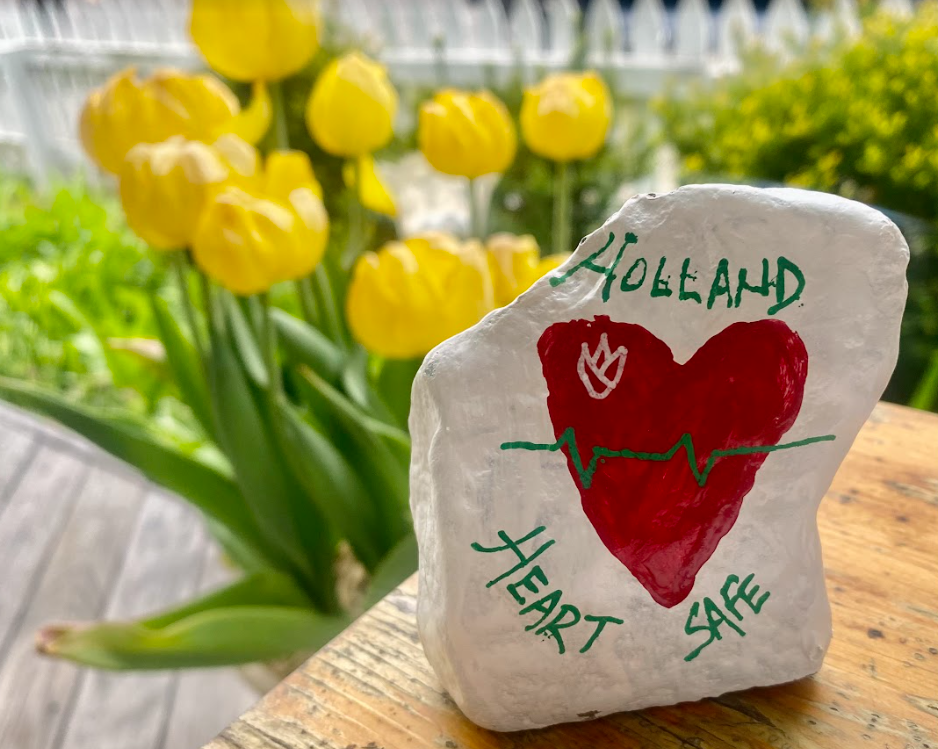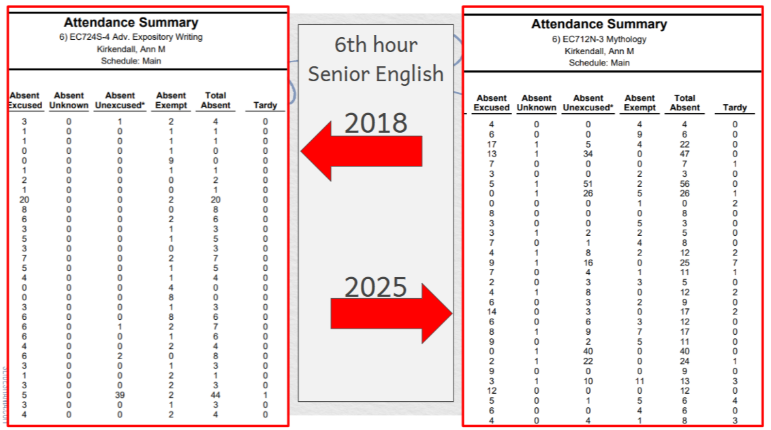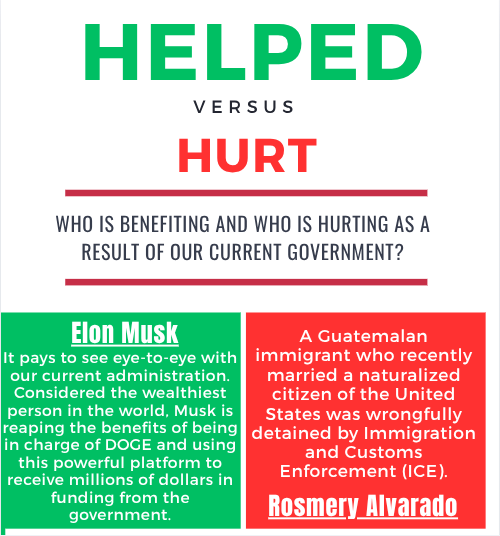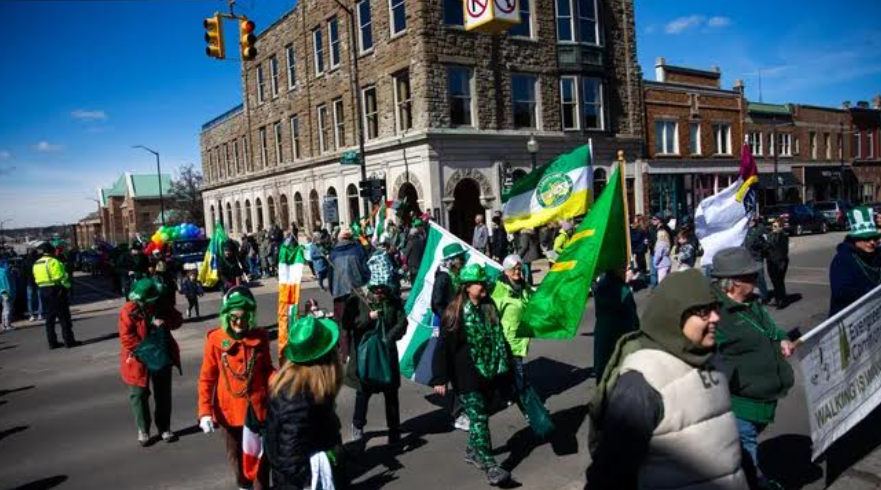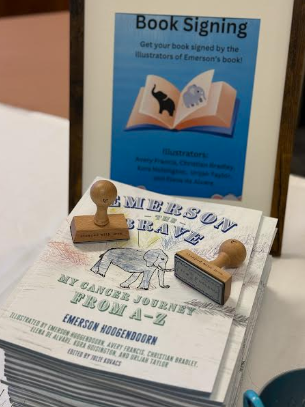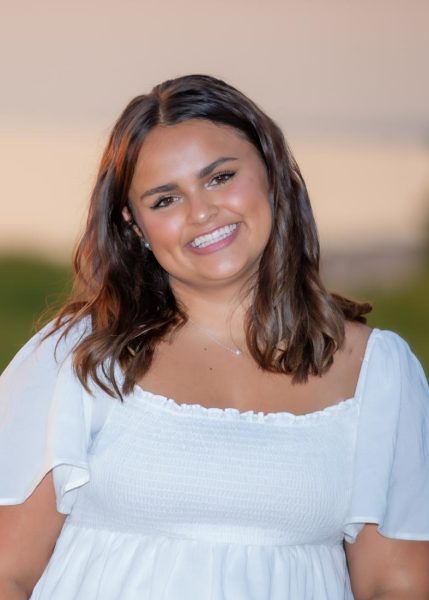“I walked into the emergency room to check myself in and I went into cardiac arrest standing up,” Lisa Cardillo said. If it weren’t for the professionals who are trained in CPR, Cardillo would have certainly lost her life that day. Luckily for Holland residents, accessibility to becoming CPR trained like professionals is as easy as a Google search.
HeartSafe Holland is a community of Holland residents that teaches CPR to save more lives daily through early intervention CPR training.
“People who go into sudden cardiac arrest have a small window of time in which their life can potentially be saved. For each minute that passes with no assistance, their chance of survival goes down by 10%. So, if it takes emergency medical personnel (firefighters, EMTs/paramedics/police) around 5 minutes to arrive at a patient, they have already lost a 50% chance of survival. Therefore, it is critical to have community members trained in hands-only CPR and AED use, so they can immediately begin helping the cardiac arrest patient. HeartSafe Holland teaches a 1-hour non-certified hands-only CPR/AED class that does just that,” Holland Firefighter/EMT Angela Lound said.
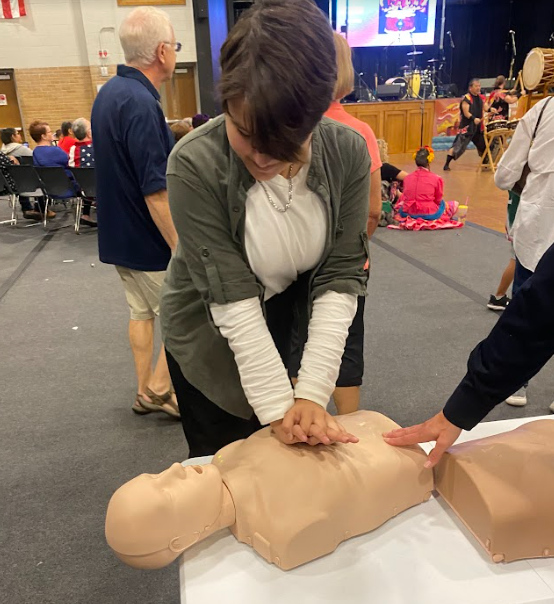
Heartsafe Holland’s CPR class is an hour long and completely free! The class covers CPR and how to use an AED. Classes can take place anywhere in the city of Holland. Classes have taken place at the Civic Center, local schools, the fire department, and plenty of other places. The class goes over the Cardiac Arrest Chain of Survival with the participants. By the end of the class, participants will know exactly what to do in a cardiac arrest situation and how to save a life.
Cardillo was only in her late 30s when she went into cardiac arrest. Cardillo and her husband were on a road trip from Detroit to West Michigan. They arrived at a bed and breakfast in Grandville when Cardillo felt a sharp pain in her chest and was throwing up all of a sudden. After remembering an article she read about how heart attack symptoms are different in women than men, she and her husband rushed to the hospital.
“At that point, I had completely passed out and I was on the ground. That’s when they had to do CPR and they used the defibrillator to bring me back,” Cardillo said.
The recovery from cardiac arrest can look different for every survivor. The results can vary from anything from being discharged within a few days to months of rehab.
“My brain and cognitive function were still intact but I suffered a lot of damage to my heart. They had to put me in a coma and life support for four days. When I woke up, I felt like I had been living in the body of a 100-year-old. I couldn’t walk, I couldn’t even hold an iPhone. It took me many months of rehab to get back to where I was.”
As a young adult myself, I know it can be frightening to think of doing CPR on someone to save their life, but the result of saving someone’s life is gratitude like no other.
“Don’t let your age intimidate you. If you see something, do something. For you, it might be making a phone call or doing chest compressions, but if you save their life, it means the world to that person and their family,” Cardillo said.

